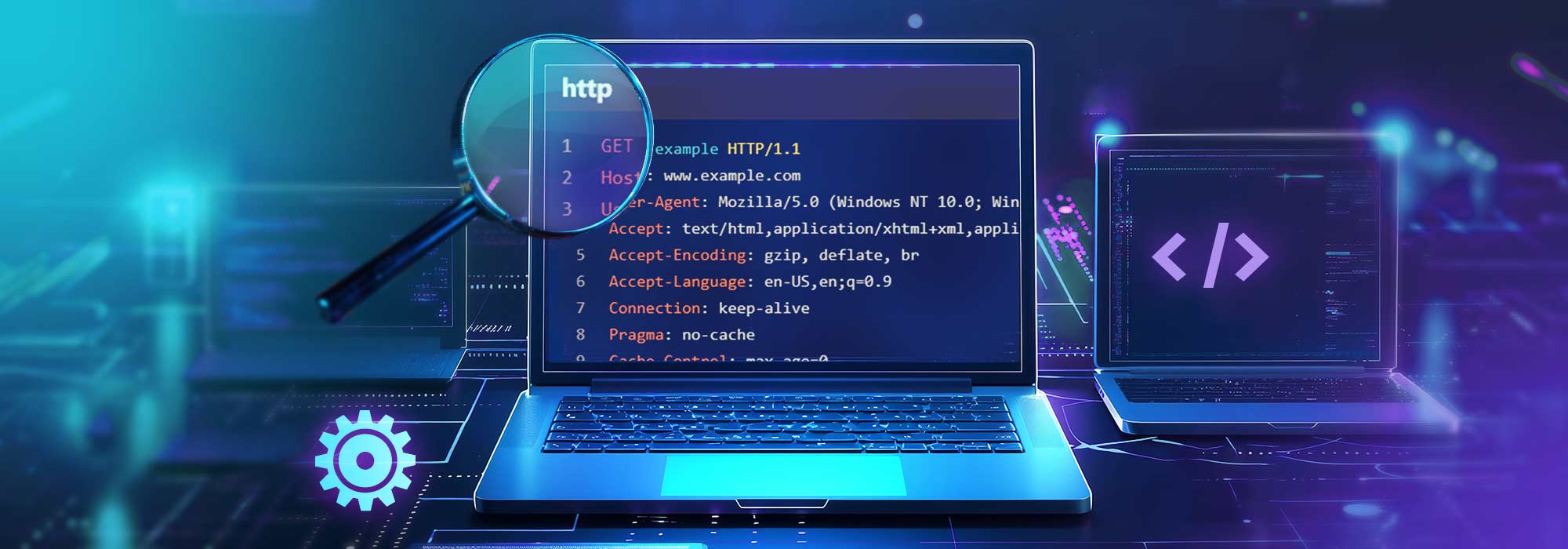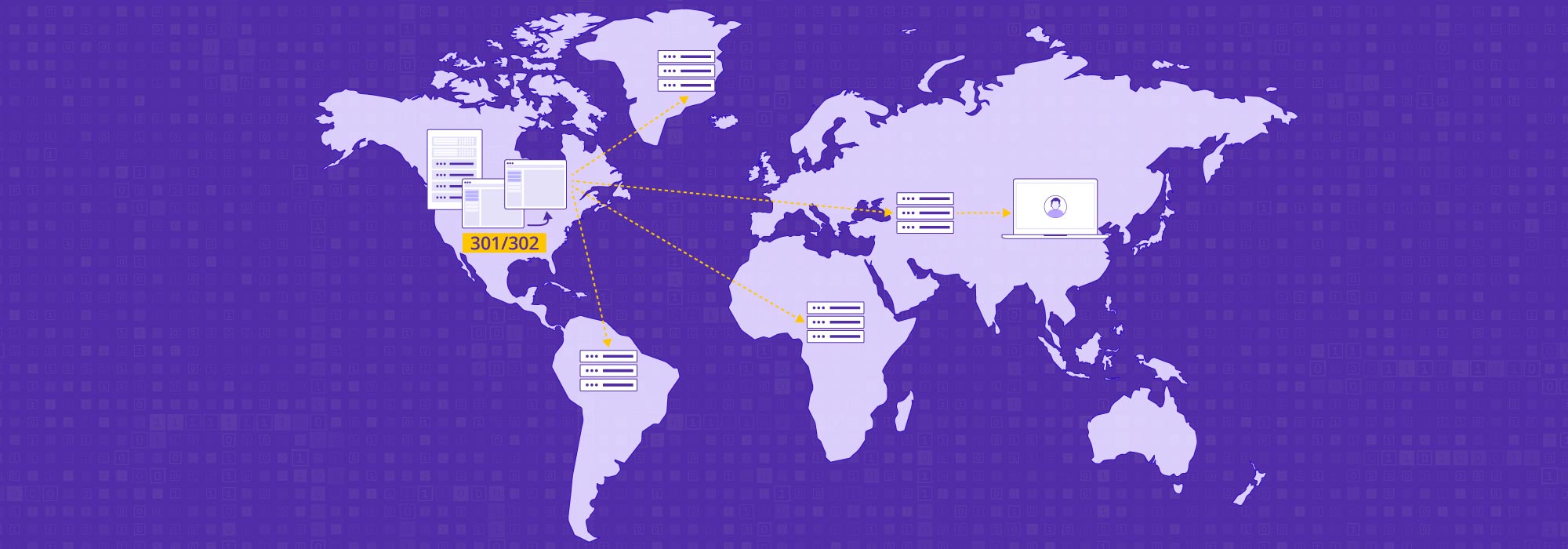The “edge” is all the rage today in technical discussions and for good reason, the edge is where the internet meets the physical world and makes the Internet of Things (IoT) happen. Over the past five years, conversations around the edge have progressed into the stack. We have heard Fairchild talking about a trillion sensors creating data, and Ericsson forecasting ubiquitous connectivity moving data to the cloud and predicting 50 billion connected things by 2020. Cisco started to talk about “the fog” of compute created by all the processors enabling the connectivity, and PTC brought us digital twin technology making data more useful to operations. Every IoT application has these components and the better the designers integrate the stack to convert data to user experience, the more effective they are at achieving outcomes.
However, IoT stack integration is still challenging due to the complexity of the ecosystem and lack of interoperability which means that the outcomes achieved so far have been relatively basic. Early IoT applications monitor assets – both moving and fixed – then present data to operators to improve the context of their judgements and actions.
There have been many successes with these early outcomes, but most of the promise of IoT and the big data it generates, still lie ahead of us. From prediction machines that will enable maintenance before it is needed to the operational context that will allow products, networks, and applications to reconfigure and adapt to meet changing needs in real-time or even ahead of time, the infrastructure, specifically the IoT edge, will become intelligent.
The Five Key Ingredients to the Edge Intelligence Secret Sauce
If you’re an IoT developer you have probably been working hard to make things “smart,” connected, programmable, and adaptable. But how does one move from smart to intelligent?
Intelligence is a system level function leveraging both programming and experience, it performs prediction and judgement to achieve better outcomes. Products and networks can be smart, but intelligence includes the application of knowledge to improve the context of decisions and business performance. Through this understanding, we find that building a solution with edge intelligence requires five key ingredients:
Hardware with partitioned Edge Compute
The foundation of a smart intelligent system is the ability to calculate and to compute. Edge intelligence is, by definition, deployed on edge devices, and those are in place because they have an IoT stack purpose, e.g. connectivity, sensing, data aggregation, etc. But 50 years of Moore’s Law has given purpose-built edge devices excess compute and memory capacity.
If devices are built with edge intelligence in mind, they will have a partitioning of compute that general purpose functions can be performed in parallel to the deployed function without putting either at risk.
Cloud Connectivity
Intelligence today requires connectivity to other data sources, knowledge, and action, i.e. the cloud. Thus, any system with edge intelligence will be connected to the cloud to leverage its own and others’ experiences.
In the IoT, this connectivity is most often wireless. Today, that means Wi-Fi and cellular, with some prognosticators suggesting 5G will replace Wi-Fi to make cellular the default for cloud connectivity in edge intelligence.
Remote Device Management
Intelligence requires a playbook that includes services, applications, data orchestration, and security, and that playbook requires a quarterback. Device management is the “quarterback of the stack” and any edge intelligence deployment has to include a strong device manager function which runs the IoT stack with three core principles:
- Security Monitoring and Remediation – Maintaining the security of the device, its confidentiality, integrity, and accessibility. And take actions to fix an issue or gap found by the monitoring.
- Management Automation – Scheduling and managing tasks and profiles automatically for large deployed fleets of devices
- Edge Intelligence and API Integration – Deploying and interacting with edge intelligence (Python programs) as well as linking that edge intelligence to 3rd-party cloud providers
Virtualization tools – Python, Java, Docker, Kubernetes
Intelligence implies flexibility, adaptability, and agility. In an edge system deployed across multiple layers of hardware, each with varying compute capacities, distributions, and owners, virtualization becomes key.
In the same way application developers and system integrators for cloud-based systems are free of hardware constraints, capacity or ownership, edge intelligence engineers will need virtualization of the edge to meet application needs. This is where the cloud ecosystem comes to the rescue again with container technologies like Docker and application management tools like Kubernetes.
Microservices
IoT is all about services – data-driven services. It is no surprise that the IoT edge will be driven by the same Service-Oriented Architecture (SOA) that has become the standard in cloud-based solutions.
Intelligent edge systems will enable and leverage microservices such as provisioning, protocol, and data structure translations, network adaptation, and automated data stream integration into enterprise systems. Microservices will provide the full cloud knowledge context to the edge dynamically.
IoT as a technology trend has moved past Proofs-of-Concept into deployment. Early deployments are returning value but, in many cases, that value draws from the low hanging fruit of convenience and time saving versus true operational transformation.
Business transformation will come from the application of knowledge at the edge. Developers and systems integrators must prepare the foundation for that change by including key enabling ingredients. Deployments today must construct the foundation for edge intelligence tomorrow.
Learn more about Edge Container and CDNetworks Edge Container Platform Solution at CDNetworks/Edge Container Platform
Source: Authority.com


